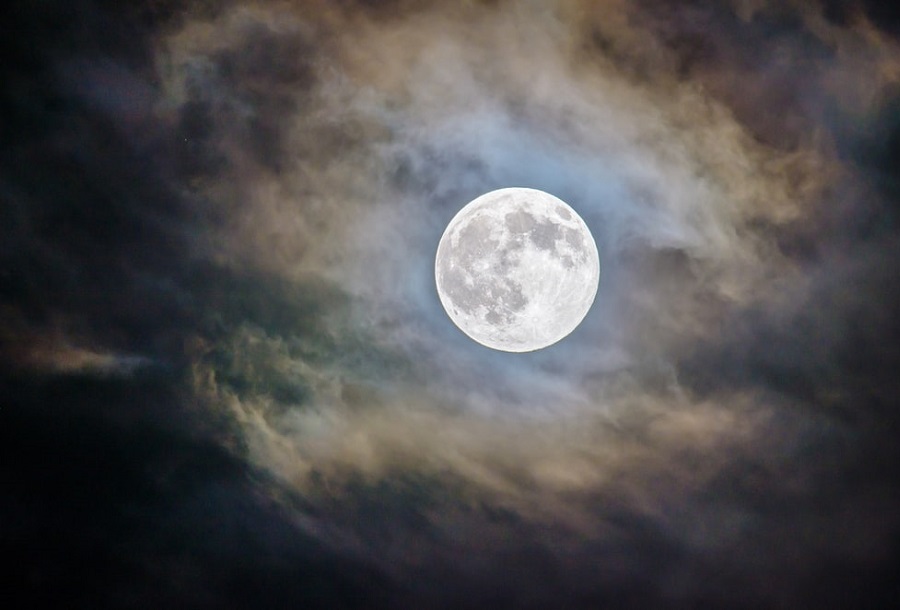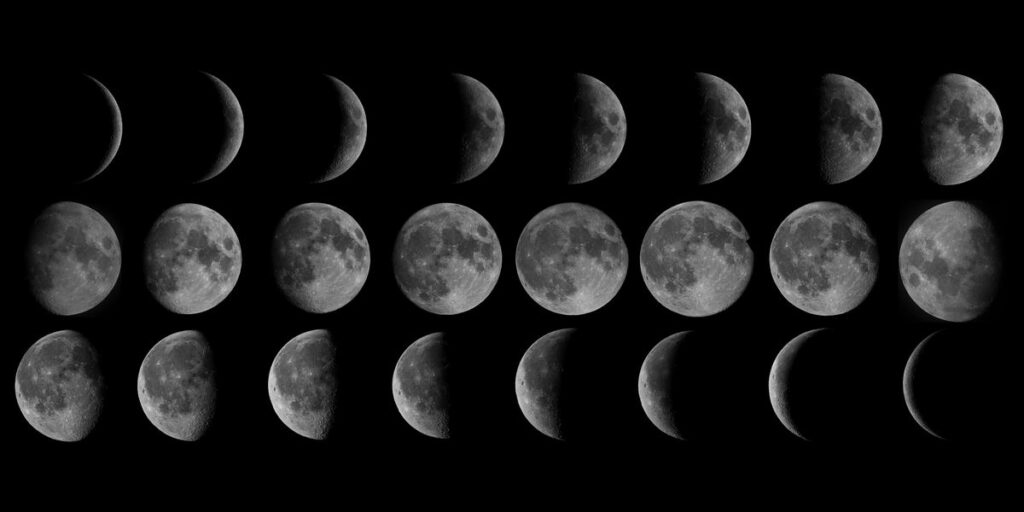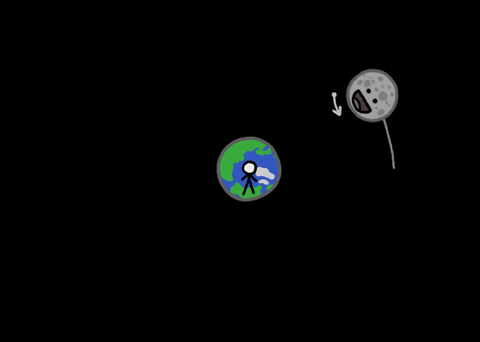The Moon is the most amazing thing we can see in the sky. It changes its phases, turning from a sickle into a disk and back into a thin sickle. Its size is changing. But at the same time, the Earth’s moon always remains turned to us with the same side. Let’s find out why this happens.

Phases of the Moon
The story of what can be seen on the Moon should begin with how we see its surface. Here you need to remember a few important points. The first of them concerns the fact that our moon has phases. They are connected with its illumination by the Sun. Therefore, with an average frequency of 29.6 days, it turns from a thin horn into the Full Moon, then becomes old and disappears completely in order to be “born” in a new cycle.
At the same time, the “Luna nova” (New moon) is called exactly when the moon is turned to us by its night side. Usually it is not visible at this time, but under certain conditions, the disk in the sky can still be seen due to the light reflected from the Earth.

On the territory of Ukraine, as in the entire Northern Hemisphere, it is easy to remember which moon is growing and which is waning. The growing one can be turned into the letter “P” by adding a wand. And the waning one resembles the letter “C”. If you travel in the Southern Hemisphere, then everything will be the opposite. At the equator, the Moon “lies on its side” and resembles a cup into which something is being prepared to pour.
One of the most important concepts is connected with the change of phases on the Moon — the terminator. This word means the boundary between the illuminated and the dark parts of the celestial body. All planets and moons have terminators, but with the naked eye from Earth we can only see one — moving on the surface of our companion.
The word “terminator” sounds threatening due to Hollywood. However, translated from Latin, it means only “limiter”, because this line separates day from night. And although it is always present on the surface of the Moon, we see it only when it decreases or grows.
The Moon’s orbit
The second thing to remember about the Moon is usually formulated, as “it is always turned to us by the same side”. In a certain way, this is true, because regardless of the phase, we see the same pattern of seas and craters on the surface. However, this statement is not entirely true.
The “one-sidedness” of the Moon is called tidal locking. This phenomenon is caused by tidal forces that slow down the rotation of our moon around its own axis. As a result, over billions of years, the period of its axial rotation has equaled the duration of orbiting the Earth. Therefore, it seems that it adapts to the earthly observer all the time.

The Moon moves in an elliptical orbit. It has the closest point to the Earth (perigee), and the furthest (apogee). Both words came from the Greek name of our planet — Gaia. The most obvious consequence of this fact is that our natural moon visually changes its size. The difference between its smallest and largest visible diameter can reach 14%.
The Moon has the largest size in our sky when it passes perigee. If this moment coincides with a full moon then a phenomenon that we call a supermoon, is observed. Sometimes it coincides with a lunar eclipse.
Lunar Librations
A less obvious consequence of the Moon’s elliptical orbit is small deviations from its “tidal capture”. According to the laws of celestial mechanics, the closer a body is to perigee, the faster it moves in orbit. With the apogee, it’s the opposite. But the rotation speed around the axis is constant. Therefore, our moon is a little “in a hurry”, then on the contrary, “late”. Then we see those parts of it that we should not see: a little in the east and west. This phenomenon is called latitudinal libration. The term comes from a Latin word that means “scales” or “swings”.
There are also latitudinal librations, in which the Moon swings in the “south-north” direction. This is due to the fact that the plane of its rotation does not coincide with the actual lunar equator. In general, thanks to both types of this phenomenon, we can observe 59% of the surface of our natural moon from Earth.
All of the above happens to the Moon all the time. It never stays in the same position. From night to night, our moon appears above the horizon at different times, changes shape and “swings” a little during libration. But there are a lot of objects on its surface — seas, mountains and craters. They remain unchanged for millions of years.

